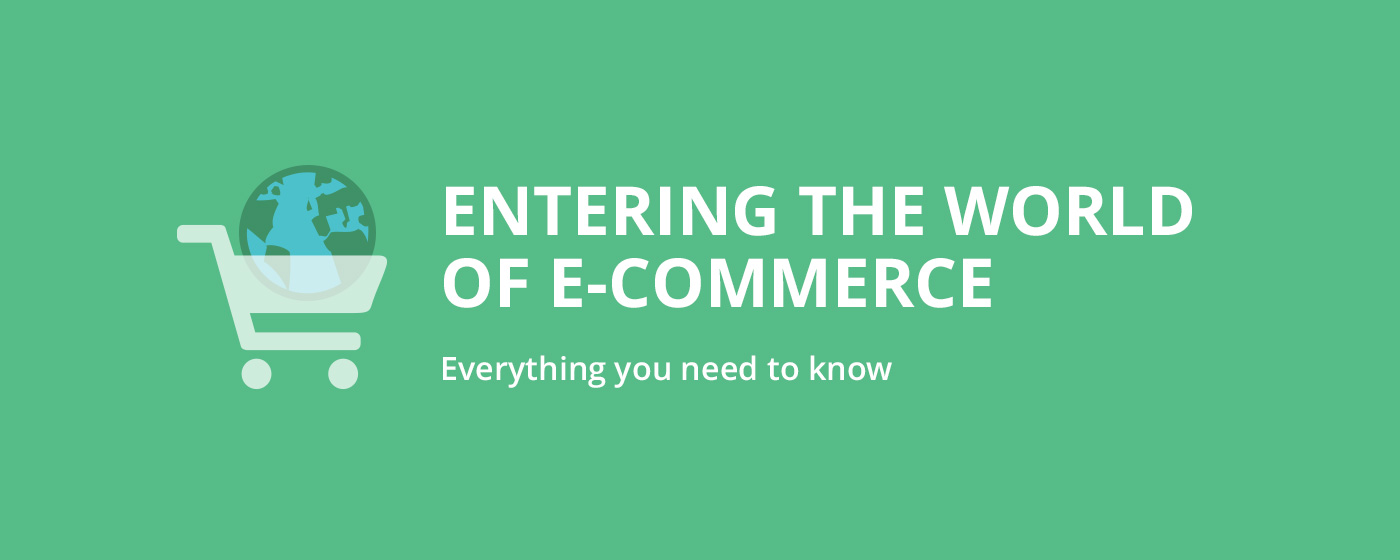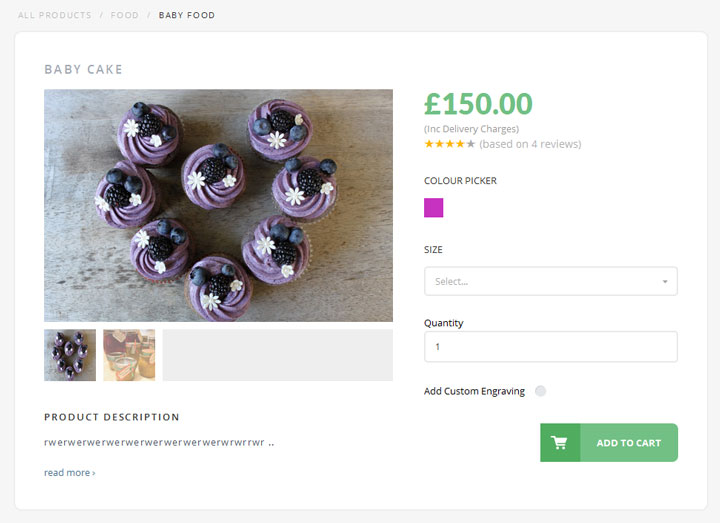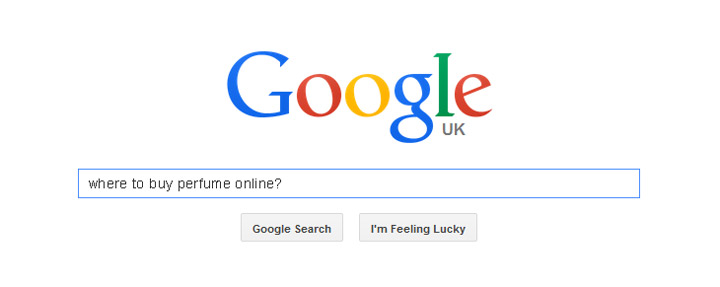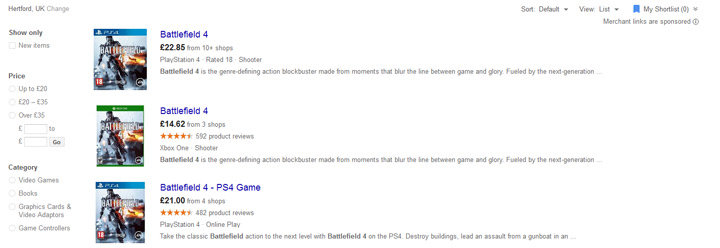


Entering the world of e-commerce can be a daunting one for new and existing businesses, but if executed effectively it can be a fantastic venture. The task is a lesser one for existing businesses in the sense that they would already have an infrastructure in place for their process of dealing with offline orders.
When an e-commerce website is first launched, it can be marketed by your existing channels as well as other more modern means. Before we discuss marketing let's talk about your core products and how you can go about selling on the web.
Firstly evaluate the market place. It could be that your products are unique themselves or you are entering a brand new market that doesn’t have much presence on the web. This market can be the easiest to start selling on. However, don’t let that bit of good news fool you. You have to ascertain the best solution moving forward to get your products known. As there is little or no competition, you are not going to get people searching for your product range.
If you’re entering a busy market, then your challenge will be to outsmart the rest; be it price, quality or more clever methods.
As discussed above, a USP is really your killer blow to competitors on the web. However, getting your USP across to the consumer can be a difficult one until the visitor reaches your site. Graphics can be eye catching and in the right place can portray your USP, if you have a good USP show it off.
A strong brand is a must for any e-commerce shop. Once a visitor reaches your website, demonstrating a good brand, strong design can offer a level of reassurance that your site is the number one choice for a purchase. For a unique product, the brand can also play a huge part of the buying decision process. Of course it all depends on the product you are selling but showcasing strong branding is a demonstration that you appreciate quality.
The site itself should be a testament to the high quality you offer as an e-commerce site in terms of service and the product range itself. Here are a few examples of increasing the quality of your website overall. Every new site should stand out from the crowd.
There are so many aspects to creating an engaging product page that can really stand alone in demonstrating that your site is the best place to buy. You will not only keep the visitors coming back, but they may also buy on the basis that your site showcased the product to the best possible ability.
Unique Content and informative pages make your website a point of resource for the product or range you are selling. This not only means that people come to your site to read information on the product, but while visiting they they may then make a purchase. Even if you don’t capture the sale initially, they will be more likely to return at a later date to make the purchase. In addition, an informative product page also increases the chances of it being shared through external links or via social media.
Good information is hard to come by in some industries and spending the time is worth it. There are various ways to do this such as offering PDF downloads, specifications sheets and high quality imagery. It can be a task taking photos of products, but the benefits outway the time it takes.
Offering the ability for customers to write reviews not only suggests that your site is confident with its product catalogue, but it can also play a part in extending your site as a resource for product information.

It should be a standard to include social sharing in any new website, so ensure your designer does this as a matter of course. Sharing on social media can help in two different ways. Firstly, the obvious fact is that when your pages are shared, people will click on them. Depending on the social media site, they are quite often very relevant to the friends or contacts of the person sharing. Even if the links aren’t clicked, awareness is a very powerful tool. The fact that a person doesn’t click your link at the time it appears, it doesn’t mean they won’t visit it in the future.
The other benefit of social media sharing is a benefit to your placement on search engines such as Google. We’ll talk about this a little later in this article.
Be sure to take advantage of every opportunity to upsell other products or services. Be careful not to bombard the user and if handled well, it can be an outstanding way to increase sales revenue. Think about adding related items and other products that customers have purchased as well as best sellers lists. Choose placement carefully and it could be extremely beneficial.
An e-commerce website, just like any other site needs to be found on search engines in order to be successful. There are many different factors that aid in your Google placements. Look for a dedicated SEO plan of action to drive sales via search engines.
Two aspects in this article are great for SEO; social sharing and unique content product pages are hugely beneficial to how search engines see your site. If we are talking on product level, the better your content, the greater likelihood that your product will show up well in the rankings.

Pay Per Click or PPC is a quick and easy solution to obtaining website visitors. Adverts can appear on search engines, social media or other industry related websites. When a person clicks on the advert banner, a small charge is made to you for that click. It isn’t as bad as it sounds as we always say that it doesn’t matter how much you’re spending on PPC as long as you’re getting a good return. That’s not to suggest that it should be the only option for you as organic searching will always win out. Revenue that is free is always going to beat revenue that is paid for.
The mistake a lot of e-commerce sites make is that they don’t consider offline marketing and how it is still a viable option for attracting visitors to your site. Don’t overlook traditional methods for e-commerce such as magazine advertising. It may not be as effective as it used to be but it still has its place.
Magazine advertising can still be very relevant especially if the product you are selling is unique. Offline marketing isn’t just about the actual visits themselves, it’s about creating awareness of your brand.
Data feeds into other websites or services can increase your sales dramatically with the right product range. A great example is Google’s shopping API with the Google Merchant Center. You can read more about it here - https://support.google.com/merchants/
The merchant centre allows you to upload a product data feed that is created by your e-commerce developer. Using this feed, your products will show up when people either carry out generic searches for products or use the shopping section of Google.

There’s a number of other ways to increase sales of your online shop through various features on the site itself. General Discounts or coupon codes on products offer potential customers to buy at great rates where they may not have placed an order originally.
Loyalty schemes that offer points on products that can later be redeemed against future orders are good for bringing back repeat business. Rather than order from another shop a customer who is offered an incentive to order again in the future will often choose yourselves rather than going elsewhere.
If you’re looking to capture new customers that may not find you via traditional methods, why not set up a referral scheme on your shop. By encouraging others to place your advert on their own site and offering them a small percentage of the order you can capture a whole new audience. Referral systems have to be set up on both sides but the results are worth it.
Responsive design means that the website is fully built for multiple screen sizes. Not only should the site automatically fit to each device, but it should be tailored in every way possible. A great examples are photographs.
When viewed on a mobile device, high res images should be downscaled at the source level. This means the photo won’t just appear to be the size of the screen, the source file will be that size. After all, there’s no point in viewing a 1920x1080 HD image on a mobile screen. It will not only chew up bandwidth but the speed and usability of the site will be affected. Unfortunately, not many responsive sites think to this level and even though a site is responsive, it is not fully optimized for mobile. Likewise, HD videos should be avoided on the mobile screen size.
By just following this article and just a few basic principles your ecommerce site will no doubt be a hit. So many sites launch nowadays without careful consideration from both the customer and the developer.
The page threw up an unspecified error - please try again
Confirm
1 Comment(s)
You can't beat unique product pages for getting your page high in the SERPs. I tell all my customers this and it pays off. - Reply